
You probably already know that beta testing is an excellent way of having real users test your app in order to help you fix and refine it before releasing it to the public.
But did you know that beta testing can also be a great opportunity for your company to market your application before the launch?
By taking the proper steps during beta testing, the marketing team can use this phase to promote the app to the public and increase its chances of a successful release.
In this article, we give you six tips that can help you use the beta testing phase for effective product marketing.
Read on if you want to learn how to make the most of this development phase and help your app reach its target audience.
Table of Contents
Create a sense of exclusivity
It’s a well-known principle in marketing that exclusive, luxury products are perceived as being of higher value than other, more accessible ones.
The prestige associated with owning or using some of these products can drive up their popularity and desirability, making people eager to try them out the first chance they get.
Your company’s beta testing program can be a great time to use this effect and create a sense of exclusivity around your app—making users motivated to join your beta testing phase.

Get unreal data to fix real issues in your app & web.
One way you can apply this marketing strategy in your beta phase is to use an invite-only model for your beta testing process.
This practice involves having individuals interested in becoming beta testers sign up for your program and your company to initially allow a small number of people from the waiting list to join, expanding this number as you go along.
This was the method used by Pinterest, which long had users request an invitation to join the beta version of their app.
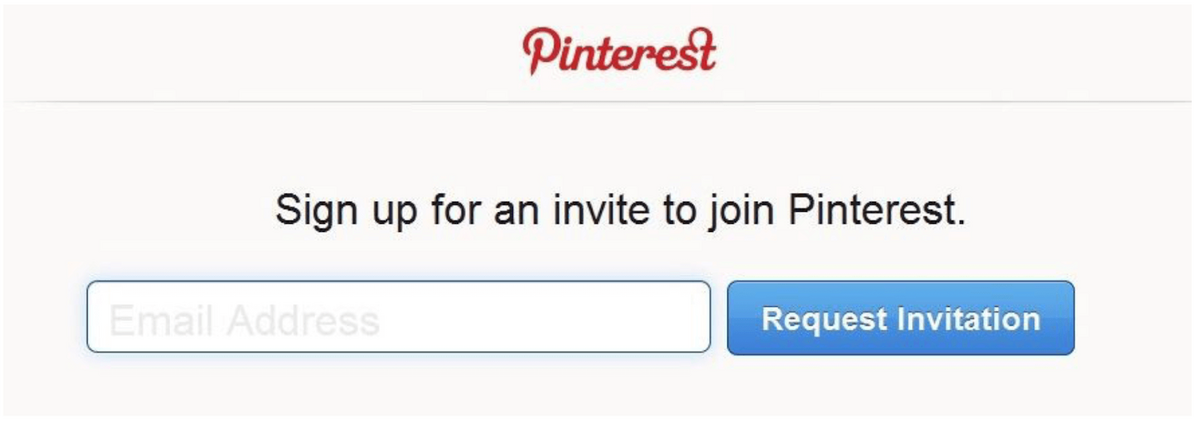
By making the beta testing process closed and exclusive, Pinterest quickly gained popularity, creating a sense of scarcity and demand for their app, which attracted new customers.
Using an invite-only strategy was also the method employed by the marketing team at Hotjar, which had massive success in gaining over 60,000 beta signups.
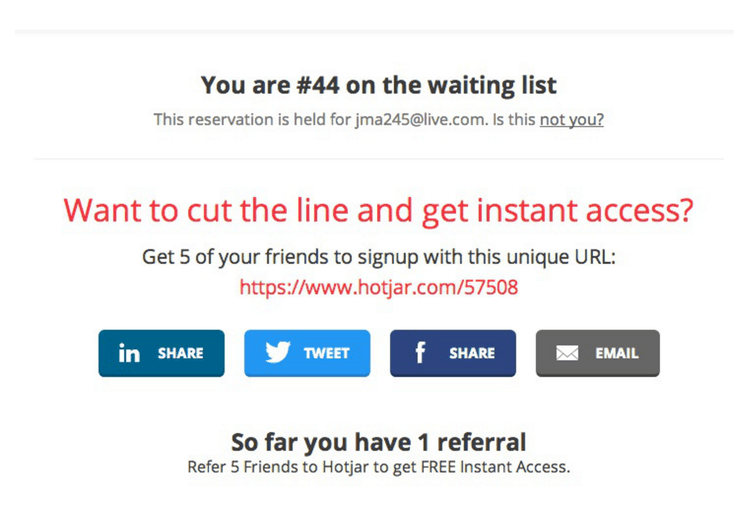
The way the team at Hotjar expanded on this strategy was by using a referral system as a way for users to gain quicker access to the app and avoid having to wait to get first in line.
The scarcity created by their invite-only system made users eager not to miss out, which motivated them to refer their friends to join the beta phase faster, fuelling word-of-mouth sharing of the app.
So, using strategies like the ones covered above, you can create a sense of scarcity and demand that can potentially drive enormous interest in your app and increase its chances of success come release.
Invite social media influencers to your beta test
While handing out invitations to beta testers, you might consider handing out special invitations to social media influencers as an effective way to market your app.
Social media influencers are individuals who have a large following on popular platforms such as Instagram, TikTok, and YouTube—ranging from a few thousand to several million.
A positive word from an influencer can help generate buzz and interest in your app before it’s officially released to the public, making their followers anxious to use it.
For example, if you are developing a mobile game, you can try reaching out to popular game reviewers on YouTube, who may hopefully review your game and share it in a video.
Influencers within your industry with a strong following can potentially promote your app to a relevant and engaged fan base and get you many future users—provided your app succeeds in impressing them enough to share it with their audience.
To find suitable influencers for your app, you can use some popular tools that ease this process.

These tools allow you to discover and get insights on the relevant influencers that are popular in your industry and help you manage the entire process—allowing for advanced searches for your specific niche and providing options to connect with these individuals efficiently.
Of course, if you don’t find these tools helpful, you can manually search for popular individuals within your industry.
For example, your marketing team can look through relevant hashtags for your niche or try finding influencers that have reviewed your competitors in the past.
Whichever way you find them, including social media influencers in your beta testing program can be an effective way to potentially market your app to their many devoted and loyal followers.
Ask popular blogs for coverage
Another way to reach a large audience and promote your app is by having popular industry blogs cover it after using the beta version.
While influencers can share your product and its features with their followers in an engaging way, blogs can delve deeper and provide a more thorough review of your software.
Reaching out to blogs with good reputations and asking them to cover the beta version of your product can help you build credibility and authority for your app within the industry.
These blogs are highly regarded and viewed as trustworthy and legitimate sources.
Hence, users often turn to them when seeking reliable information on a particular topic, and your company might want to use them to your advantage.
Here are some of the most popular blogs out there with particularly large followings:
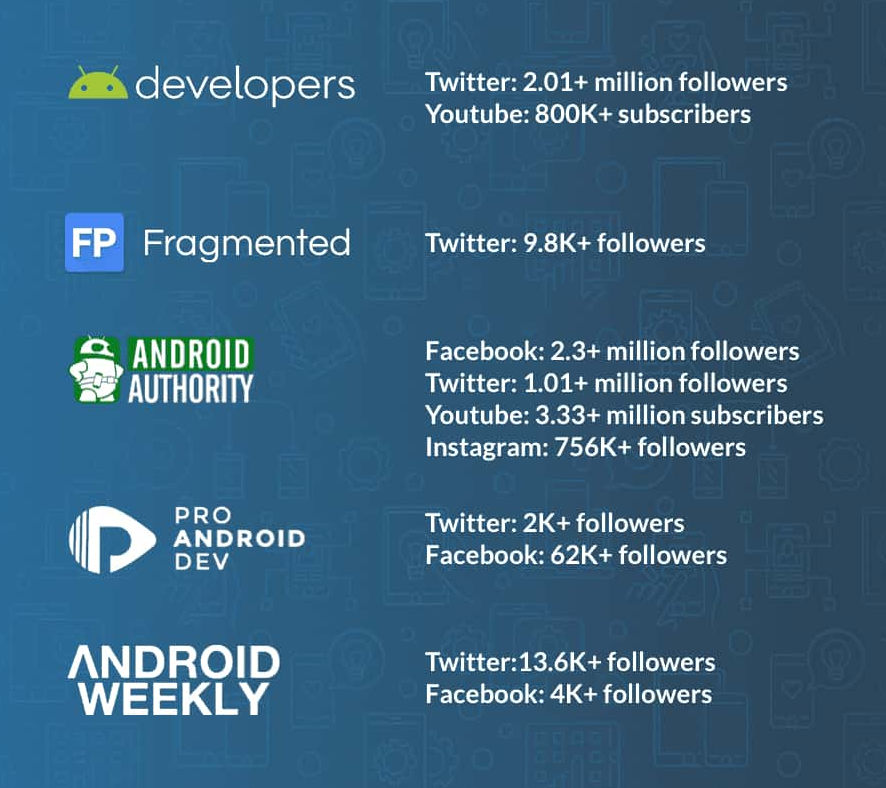
These blogs are well-respected and widely read within the industry, and having them cover your app during the beta testing phase will promote it to a devoted audience.
When these industry blogs share their experiences and comments about your app with their readers, they help establish it as a trusted and valuable resource, driving demand and interest in your app when it is finally released to the public.
Most of these blogs have weekly or monthly articles covering up-and-coming apps that the blog writers found to be high quality and interesting to try out.
For example, Android Authority has a weekly blog promoting five android apps that they consider beneficial, entertaining, or valuable.

If you trust you’ve built a quality, high-performing app, you can try reaching out to them, and other popular blogs to see if they want to cover your app during the beta testing phase and, hopefully, have it highlighted for thousands of regular readers.
By reaching out to these blogs and asking them to try your app out and potentially review it, you can increase the chances of success for your app and position it as a quality, useful product.
Get to know your target audience
One of the key benefits of beta testing is that it allows you to get to know your app’s target audience.
As you might already know, one vital step in planning your beta test is choosing the right testers for your program.
Samia Barud, product marketing manager at Agorapulse, notes:
It’s important to carefully select the users that’ll be part of the beta. This can be time-consuming but not choosing the right participants can have a huge impact on the results.
The beta phase can be a great chance to get hard data from testers and use it to refine and accurately define your target audience.
While your company may have had a specific audience in mind, it is essential to see who is actually using and testing your product.
To employ this practice, you can run surveys and interviews with testers which can shape your ultimate audience and consumer profile.
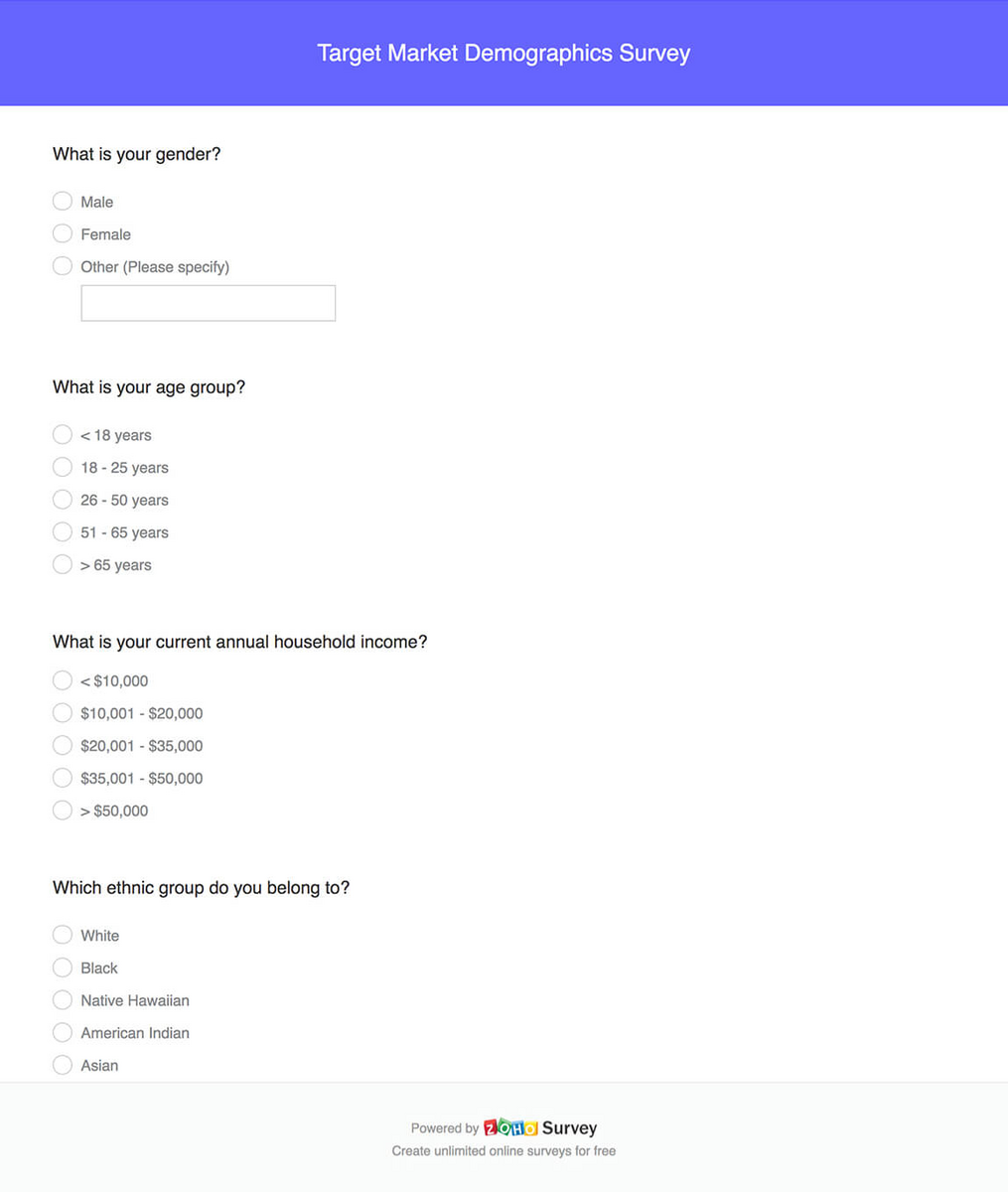
By gathering valuable demographic and purchasing information, as well as any other relevant data through surveys, your marketing team can better understand your audience and guide their future marketing strategy.
They may even discover an unexpected group of people you have yet to target, such as a demographic or location outside your intended audience.
By taking the time to get to know your target audience during the beta testing phase, you can gather valuable insights that can help your company market your app to the right people when it is finally launched.
Impress your beta testers with a great app
Another important benefit of the beta testing phase is that you can use it to attract and win over a lot of influential groups of people, potentially turning them into brand advocates.
Maybe the two most significant groups that your company should try and impress include tech-savvy innovators and early adopters.
These two groups of consumers are the first who try out new and innovative products, as defined in Rogers’ innovation adoption curve.
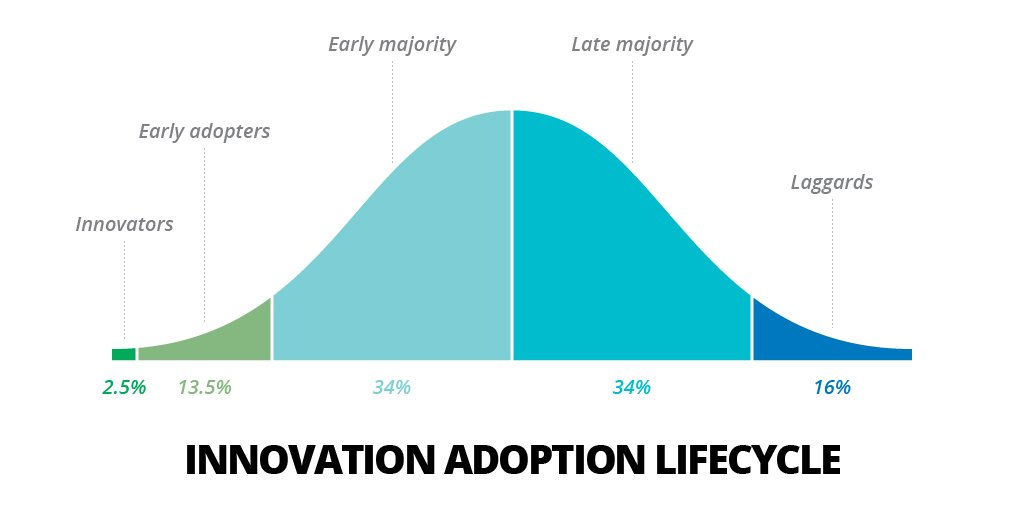
Innovators are the first group to adopt new technology and are usually the most open to trying new things.
They are often risk-takers and are willing to experiment with new products and ideas.
Early adopters, on the other hand, are the next group to embrace new technology and, while they start later, they tend to be more influential than innovators.
As people who are passionate about new technology and software, these two groups can become thought leaders and trendsetters within their communities.
The majority of users can look for their impressions and reviews of new products on the market and try out the apps that they endorse.
Scott Bales, chief of staff for Microsoft, writes on the value of early adopters:
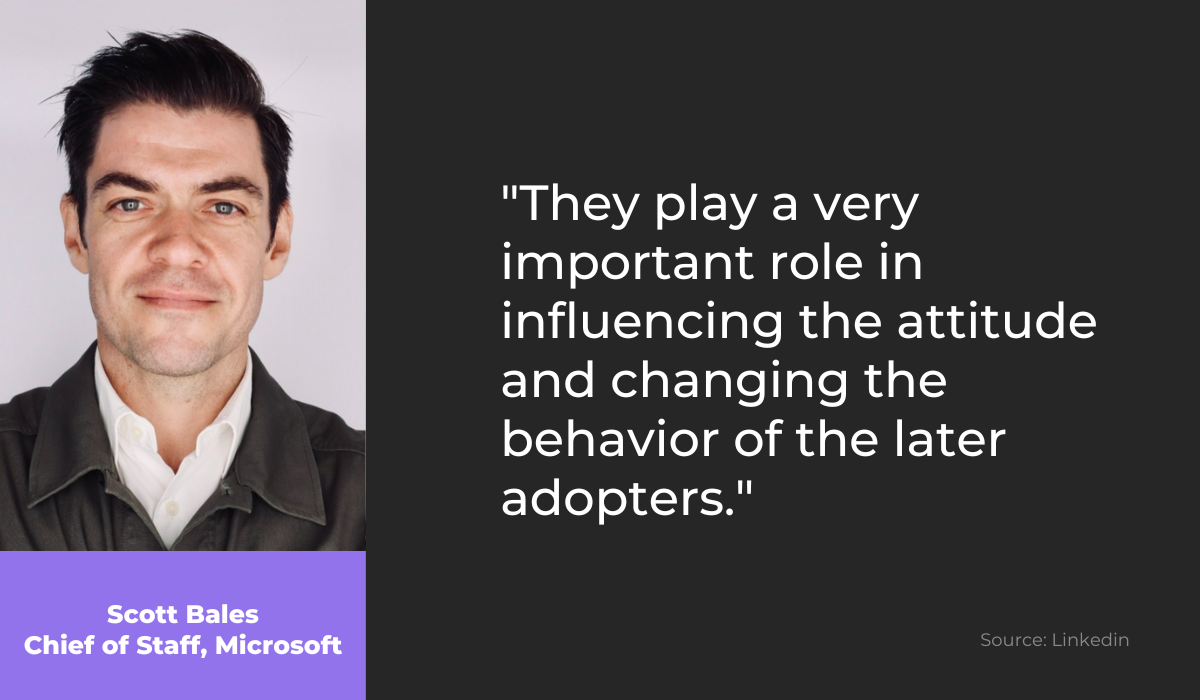
To win these individuals over, you should provide them with a polished, high-quality app that addresses their pain points, gives them a highly valuable and useful product, or just a great source of entertainment.
By impressing early adopters and innovators with a high-quality app, you can encourage them to become brand advocates and promote your app to their networks, bringing in a lot of new users and popularizing your app further.
Evaluate the success of your marketing strategy
Finally, besides the benefits of app promotion, the beta testing development phase can be a great opportunity for your company’s marketing team to test out their marketing strategy.
What do we mean by this?
By the time your app reaches the beta phase, the marketing team might have already come up with a rough idea of how they want to run their campaign, with specific strategies and goals in mind.
The beta testing phase can be a great way to try out these ideas and see which strategies work and which don’t—making any necessary changes to their approach before the app’s launch.
Both before the beta phase even begins and after it ends, the marketing team can gain important insights.
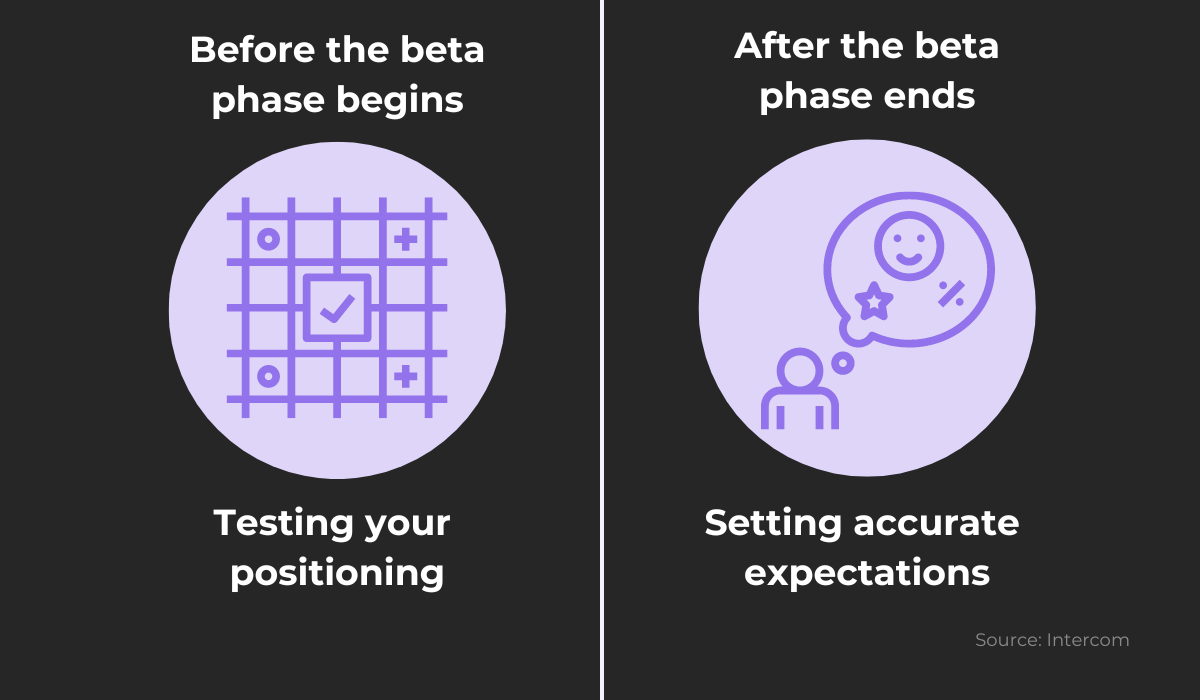
Before the beta phase begins, the marketing team can test how they intend to promote your app and its many benefits by carefully crafting the beta invitations.
This opportunity is especially useful if they are considering two different directions in their marketing strategy.
In such a scenario, they can run A/B testing and determine which approach is better.
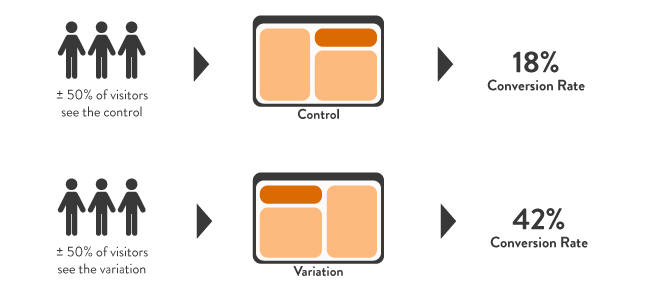
For example, by sending two different invitation emails highlighting different features and functionalities of your app, you can see which email attracts more individuals and conversions—counting the number of signups for your program as a potential metric.
After the beta phase ends, on the other hand, you can see how your product has met the expectations you set for it beforehand.
Maybe you predicted that your product could solve many of your target market’s problems and pain points but found out that it has certain limitations.
Or, as beta testers used your product and sent you feedback, you may discover that your app delivered a lot more than was initially planned.
Either way, you can use this information for your marketing strategy and product messaging—helping the marketing team communicate your app’s value and usefulness while ensuring you don’t overpromise something you can’t deliver.
Overall, the beta testing phase can be a great opportunity for your company’s marketing team to test their strategy, gain meaningful insights, and make necessary changes to their approach before the app’s launch.
Conclusion
As you can see, your app’s beta testing phase is a period ripe with marketing opportunities, and through it, you can potentially reach a wide audience even before your app is released.
Whether by using the influence of blogs and social media personalities, or creating a sense of exclusivity around your product, this phase can help create a buzz and excitement around your app.
By following the tips covered in this article, your company can hopefully utilize the potential benefits of this phase of development and increase the success of its marketing efforts.




